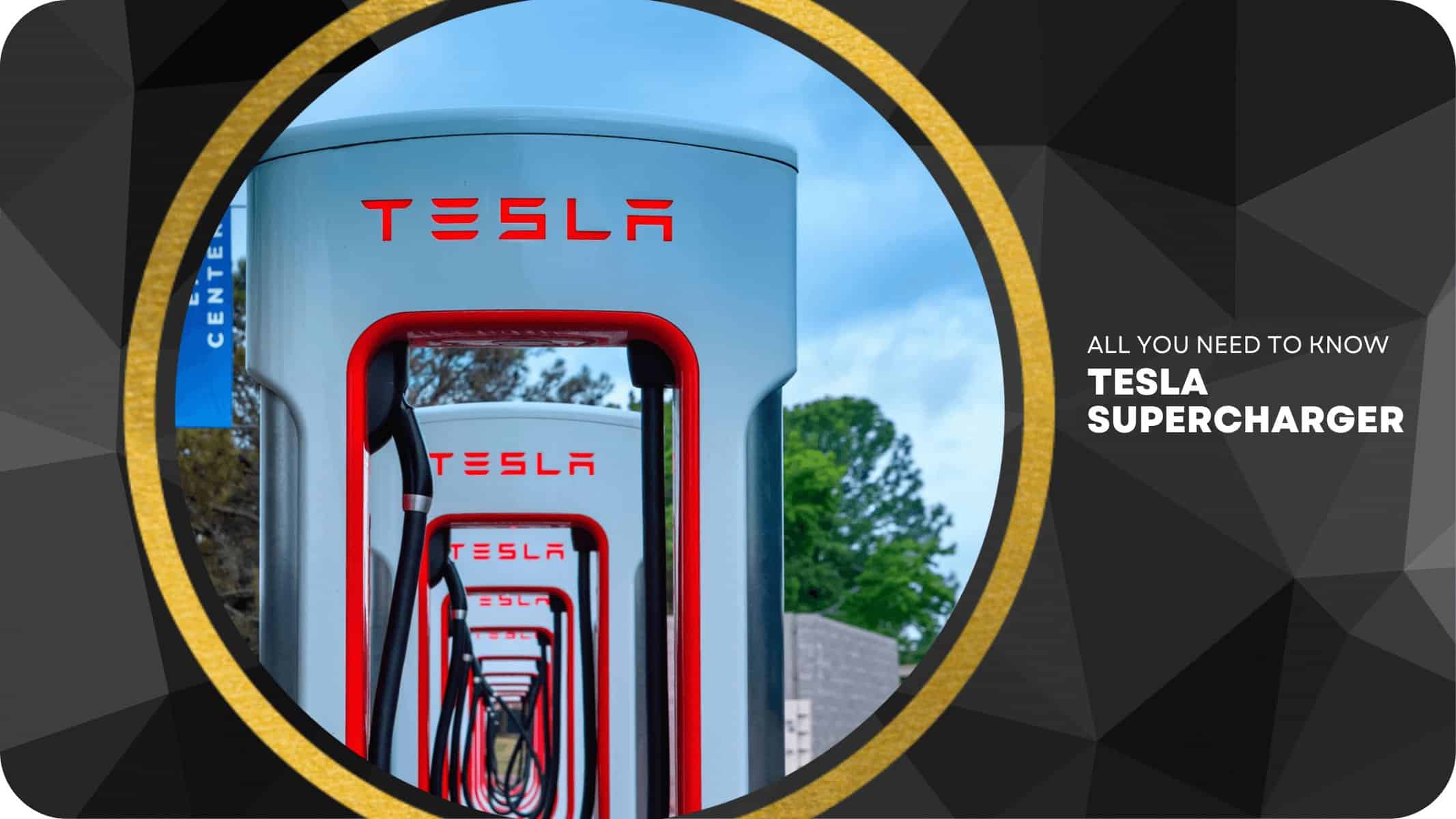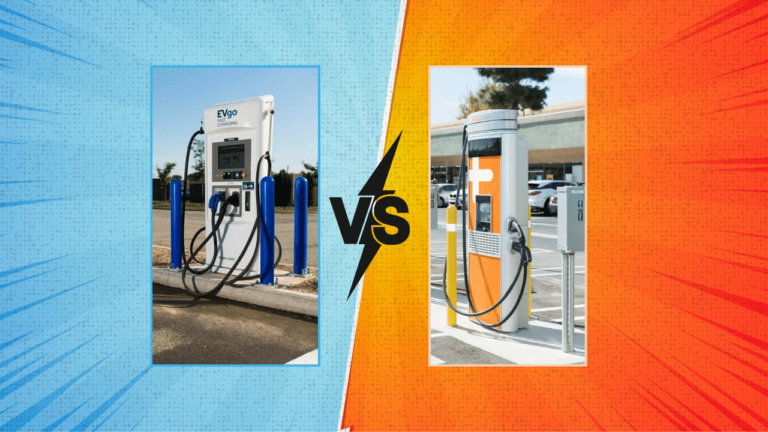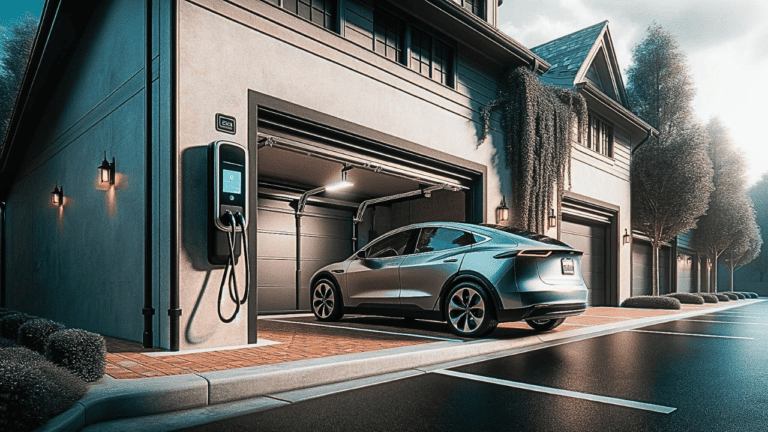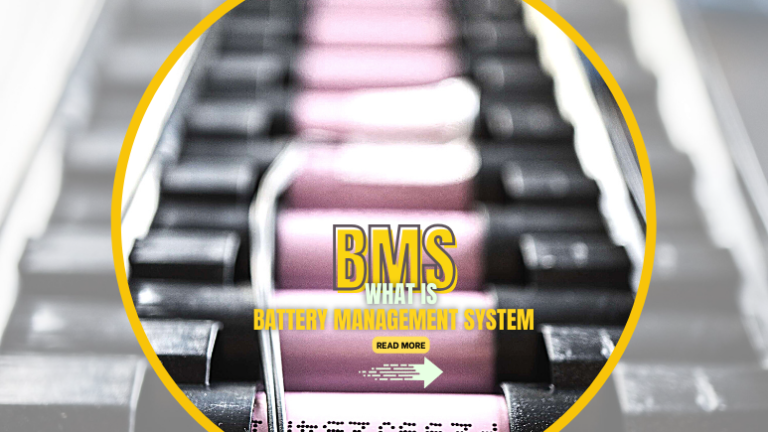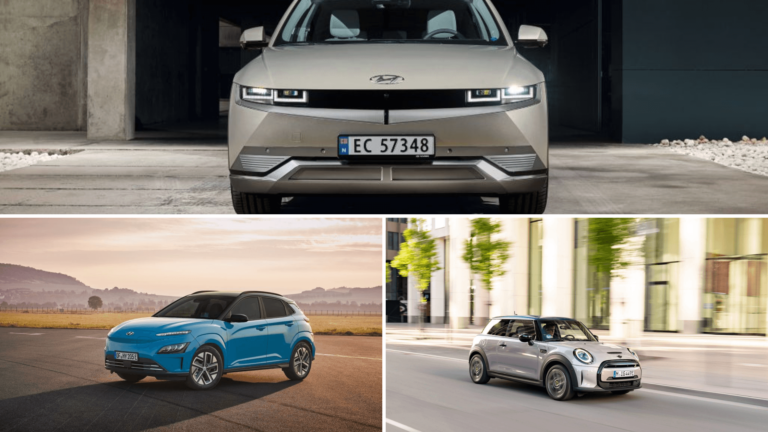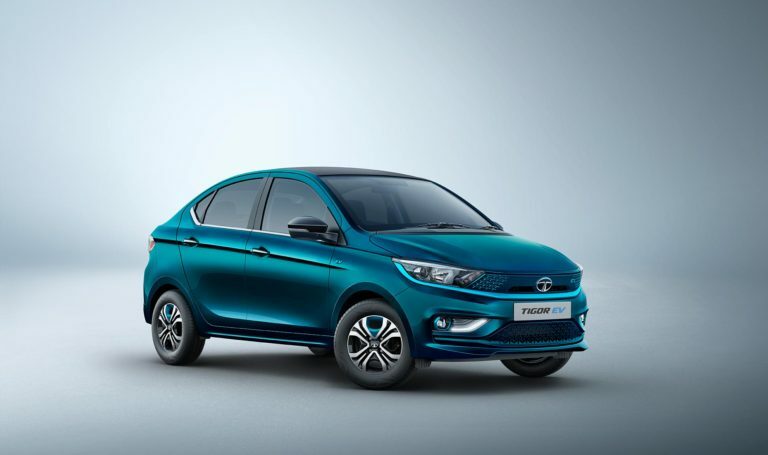As electric vehicles have gained popularity, people have started considering their practicality. Gas-powered vehicles have been around for a century, so they seem like a definite advantage.
EVs depend on two things: the battery and the charger. The more range the battery provides, the higher the demand.
If an EV is to be embraced by the masses, faster charging and more chargers need to be available. All these qualities meet by the Superchargers offered by Tesla.
There is a great deal of demand for supercharging stations among electric car owners. Many people use them when they’re driving long distances and want to charge their cars right away.
There should be a lot of charging stations in different locations so people can use them. Previously, electric car owners had to plan their trips because there weren’t many charging stations.
In North America, Tesla has the most extensive supercharger network, and it’s growing. Tesla holds an edge over other brands because it is the only owner.
The Growing Network of Tesla Superchargers
Tesla has a network of supercharging stations all over the world. The densest network is in the United States and expanding every day.
It locates near malls, airports major hotels, and shopping areas. So this provides hassle-free charging and brings down the cost of travel.
Tesla Model S launched in 2012 and following that Tesla started building a series of charging stations. Started with six in North America. Usually, each supercharging station has on average about ten stalls. Tesla’s Shanghai station has a record-breaking 72 stalls. Tesla is planning to build a 62-stall supercharging station in Los Angeles.
How Tesla Superchargers Charge Electric Vehicles: The Key to Efficient EV Travel
Tesla has made it so easy that when people get used to it they think it is even easier than filling gas. From the beginning of the trip, navigation will direct you to a charging station. That one that is nearest to you and available.
Superchargers are available round the clock and accessible. While you are waiting in the car for the charging to finish, you can listen to music or watch YouTube. The Charging often is 15 mins to reach eighty percent capacity; which equals 200 miles.
The time spent on a supercharger is more than filling the gas but the cost is one-third or one-fourth of the gas price. The tesla app allows users to find the supercharger locations and available stalls.
It is recommended to keep the charging level between 20% and 80%.
The billing can happen through the app. If you don’t have credit offered by Tesla then you can use the credit associated with the account.
The third-party apps allow finding the L2 chargers. Superchargers use 480 volts and ~100 amps as opposed to L2 chargers which use 240 volts and 40 amps.
The charging speeds vary from 90 kWh to 240 kWh for superchargers. The charging speed varies in different situations for example in cold weather decreases. If the battery is cold it takes more time to charge.
The superchargers with preheating batteries reduce the charging time by almost 5-10 mins.
Navigating your destination also activates the preheating, and optimizing charging times. The Trip Planner app gets activated when you navigate your destination.
Thus providing:
- Plans for accurate charging
- Preconditioning becomes intelligent
- Wait times at charging stalls and pricing is more realtime
- Options for selection from three offered routes which are nearest to the Supercharger
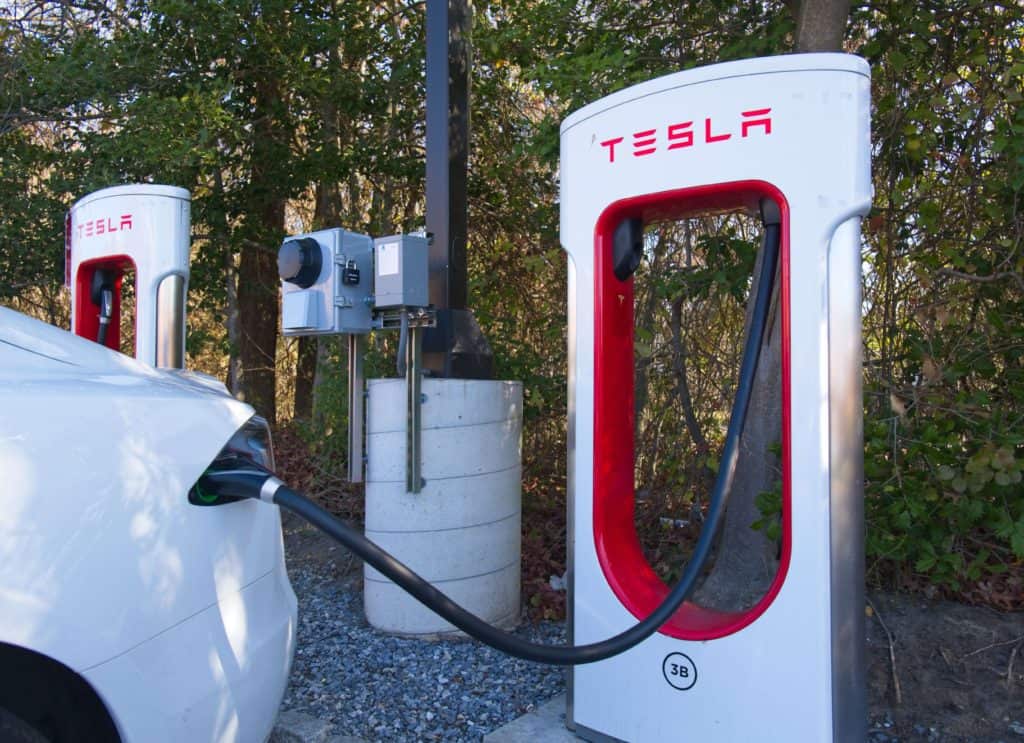
Tesla Supercharger Billing: Making Payments for Fast and Convenient EV Charging
It all depends on the state of the electrical grid, the rates may differ at different times.
It also depends on how fast the charging is taking place. You will come to know the rates when you press the pin on the touchscreen.
It varies from one Supercharger station to the other. While you are charging, the amount is displayed on the screen for each period of charging. As a custom, Tesla charges on the amount of energy transferred during the charging process (kWh).
To make it easier Tesla uses the Time of charge method also known as Time-of-Use (TOU).
Tesla uses a tiering method where Tier 1 includes charging at speeds of 60 kWh or less while Tier 2 is when the cars are charging at speeds of more than 60 kWh.
Tier 1 costs much lower, reaching almost half of tier 2. While sharing with another car the rates applied in Supercharging are Tier 1. These rates vary depending on the peak hours, and the location of the supercharger. But it’s all displayed on the screen for the Tesla owner.
If the Supercharging station is operating at fifty percent capacity and you want to fully charge your vehicle, an idle fee is charged. This fee is waived if your car is moved within five minutes of the completion of the charging session. In this way, the Supercharging station can be used more efficiently.
The supercharger is the best option for planning a long trip. But remember that using home L2 chargers helps maintain better battery life.
Finding Tesla Superchargers
Suppose you’re planning a long trip, you can easily sit at your computer and find and locate Superchargers on the Tesla website’s Supercharger maps. This information is also available on the screen after you start your journey.
The Tesla trip planner displays all the Superchargers along the route, including their charging speeds and rates, on the navigation screen. This allows a person to plan for the time needed to charge, thus adding it to the total travel time.
In the past 10 years, Tesla’s network has grown tremendously and they now allow non-Tesla car manufacturers to use their Superchargers by creating a Tesla account and downloading their app.
Tesla is working to make charging faster and more efficient by raising the current 300kWh rate. As the EV market continues to expand, people will look for quick charging options, ample Superchargers, low rates and multiple vehicle support.
Let’s hope we can save the planet from fossil fuel combustion, which is the most common pollutant of the environment.

